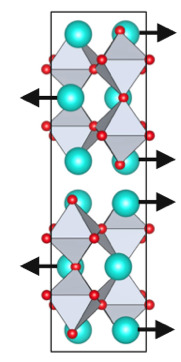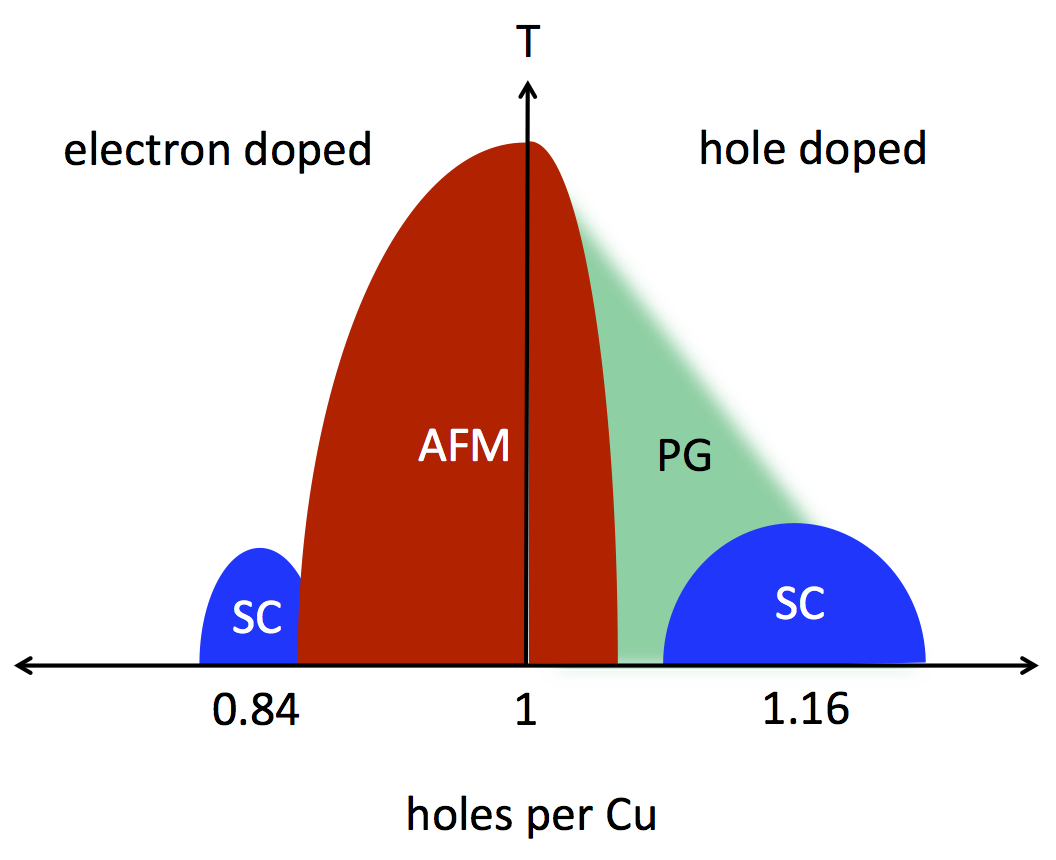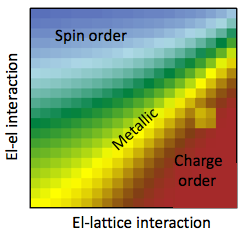Polarization switching and domain walls in a new class of layered perovskite ferroelectrics
Ferroelectric materials that allow a coupling between the polarization and another order parameter (e.g. magnetism) can enable electric-field control of non-polar order parameters and new types of functional materials. The search for such couplings provides a strong motivation to search for and understand new ferroelectric mechanisms. In the last few years, a new ferroelectric mechanism, called 'hybrid improper ferroelectricity,' was predicted theoretically and then realized experimentally in the layered perovskite oxide Ca3Ti2O7. In a hybrid improper ferroelectric, the polarization is trilinearly coupled to two structural distortions (octahedral rotations), which themselves couple to a variety of properties such as magnetism and bandwidth. These materials also exhibit an unexpectedly rich domain structure, many aspects of which are not yet understood. A main focus of my postdoctoral research at Cornell was elucidating the polarization switching mechanisms and domain walls strucutres of Ca3Ti2O7 and related compounds using a combination of group theoretic methods and density functional theory calculations.
References
Elizabeth A. Nowadnick and Craig J. Fennie, Physical Review B 94, 104105 (2016)

Crystal structure of hybrid improper ferreoelctric Ca3Ti2O7. The polarization in this material arises primarily from motion of the Ca ions, indicated by black arrows.
Phase competition in high-temperature copper oxide superconductors
The relationship between superconductivity and the pseudogap phase is a central question in the field of high temperature copper oxide (cuprate) superconductors. Resolution of this question may give insight into the nature of the superconducting mechanism in these systems and possibly strategies for identifying compounds with a higher critical temperature. As a part of my PhD research, I collaborated with Dr. Makoto Hashimoto at SLAC National Laboratory and Prof. Z.-X. Shen's group at Stanford to explore the relationship between the pseudogap phase and superconductivity. By combining angle-resolved photoemission spectroscopy (ARPES) measurements on Bi2Sr2CaCu2O8+x over a range of doping levels and temperatures with model calculations, we were able to uncover direct evidence for phase competition between the pseudogap and superconducting phases.
References
Makoto Hashimoto, Elizabeth A. Nowadnick, et al, Nature Materials 14, 37 (2015)

Competing phases in model systems with strong electron-electron and electron-phonon interactions
In strongly correlated electron materials, multiple interactions on similar energy scales between the spin, charge, lattice, and orbital degrees of freedom lead to complex and highly tunable ground states. Understanding competing interactions in a simplified model system is a first step towards elucidating their behavior in real materials. A major focus of my PhD research was the exploration of emergent behavior that can arise out of the interplay of the electron-electron (el-el) and electron-phonon (el-ph) interactions. In particular, I utilized determinant quantum Monte Carlo (DQMC), which is a numerically exact non-perturbative method, to simulate the single-band two dimensional Hubbard-Holstein model. This study uncovered an emergent metallic phase that arises from competition between insulating spin and charge ordered states when there is an average of one electron per lattice site, which persists to strong coupling strengths (see phase diagram to right). An interesting question that may have relevance for understanding unconventional superconductors is whether this metallic phase goes superconducting at low temperatures.
References
E. A. Nowadnick et al, Physical Review Letters 109, 246404 (2012)
S. Johnston, E. A. Nowadnick, et al, Physical Review B 87, 235133 (2013)
E. A. Nowadnick, et al, Physical Review B 91,165127 (2015)
C. B. Mendl, E. A. Nowadnick, et al, arXiv1709.00245 (2017)

Finite temperature phase diagram for the two-dimensional single band Hubbard-Holstein model on a square lattice mapped out with DQMC simulations.